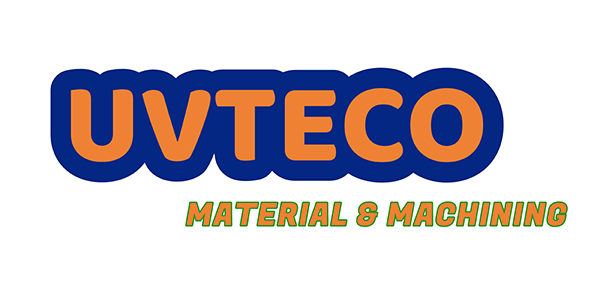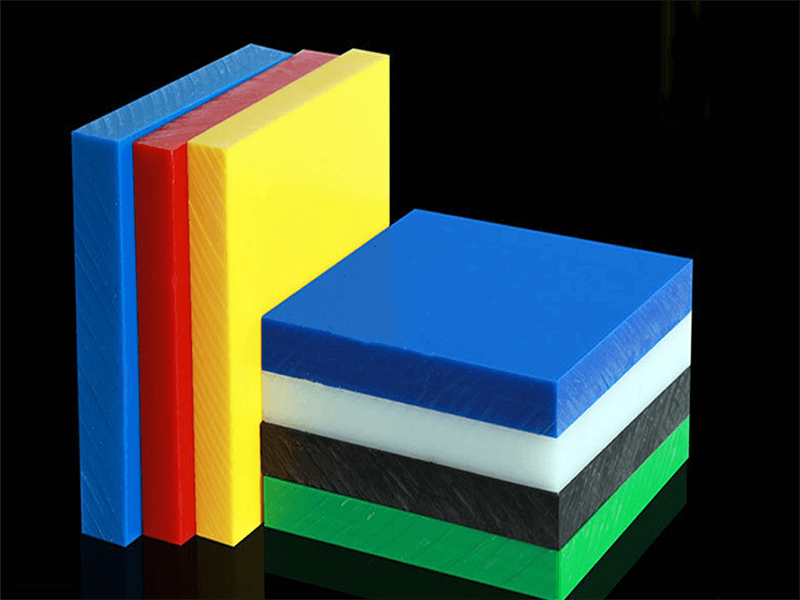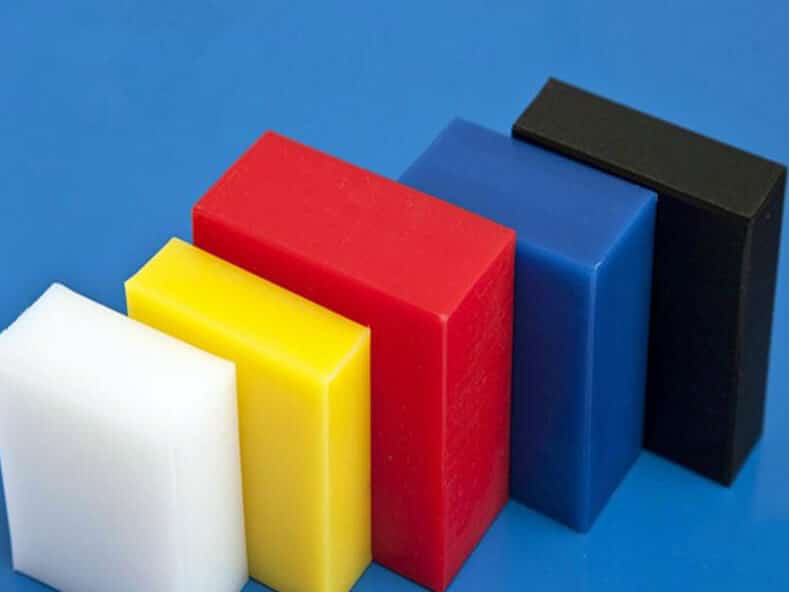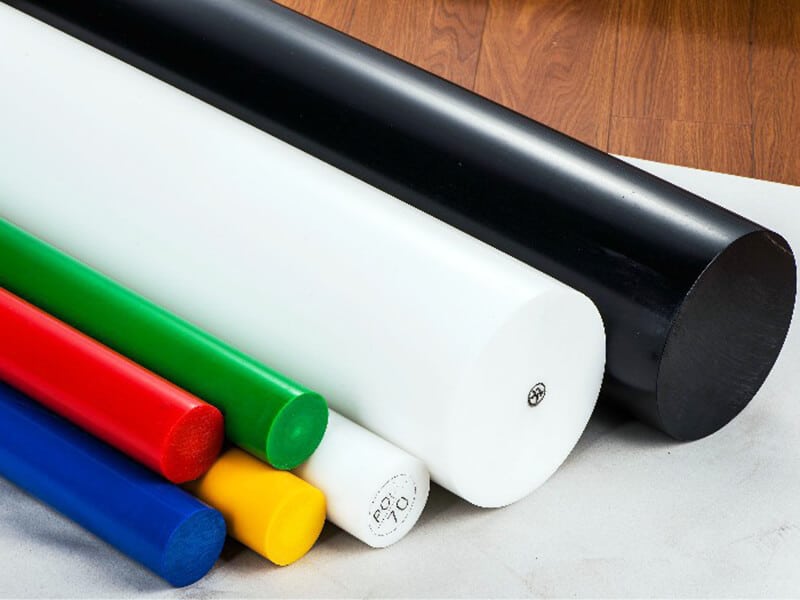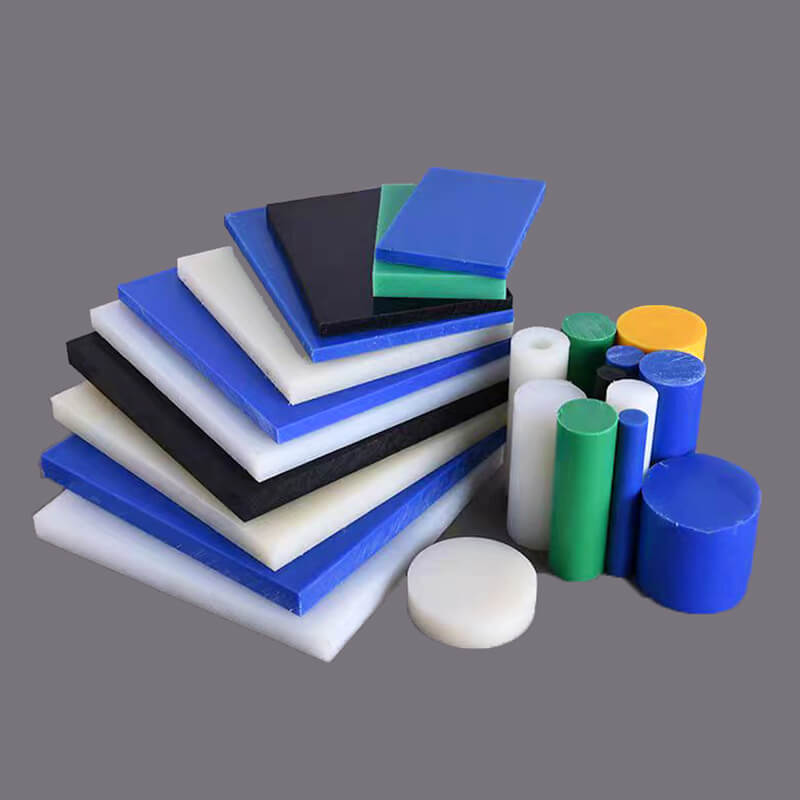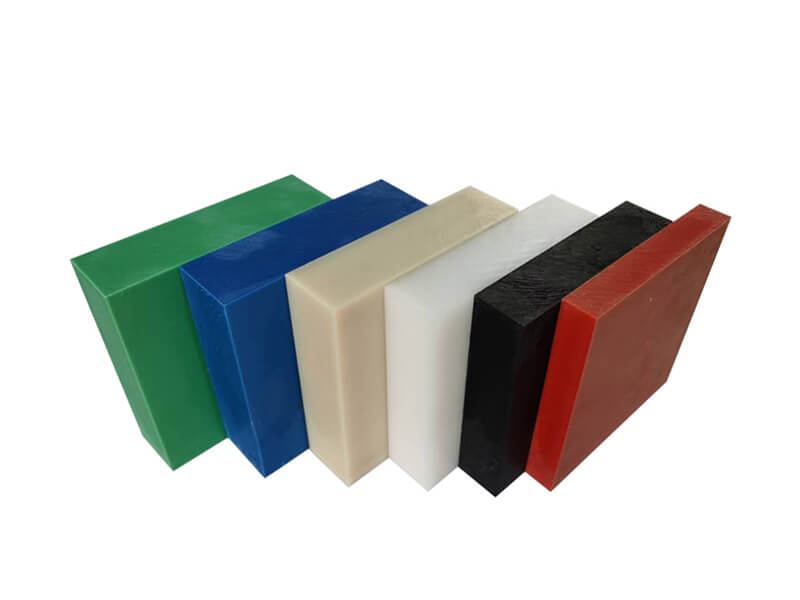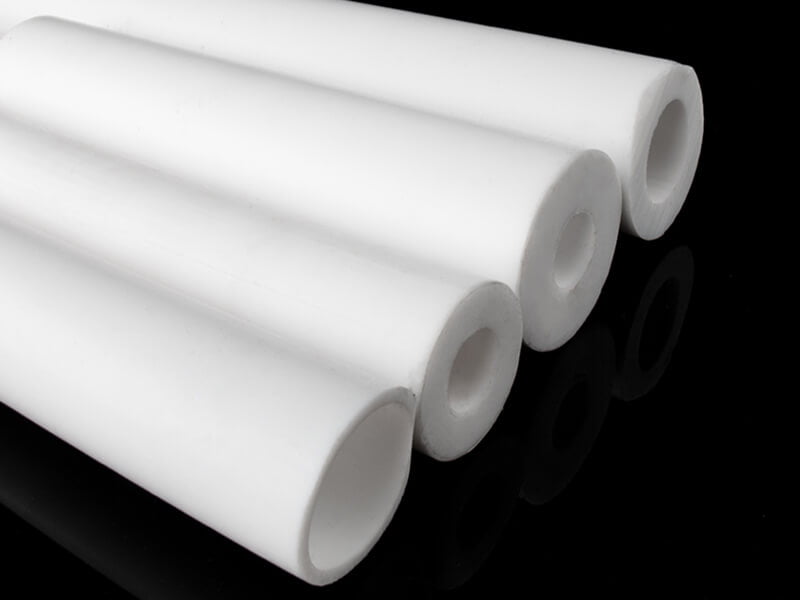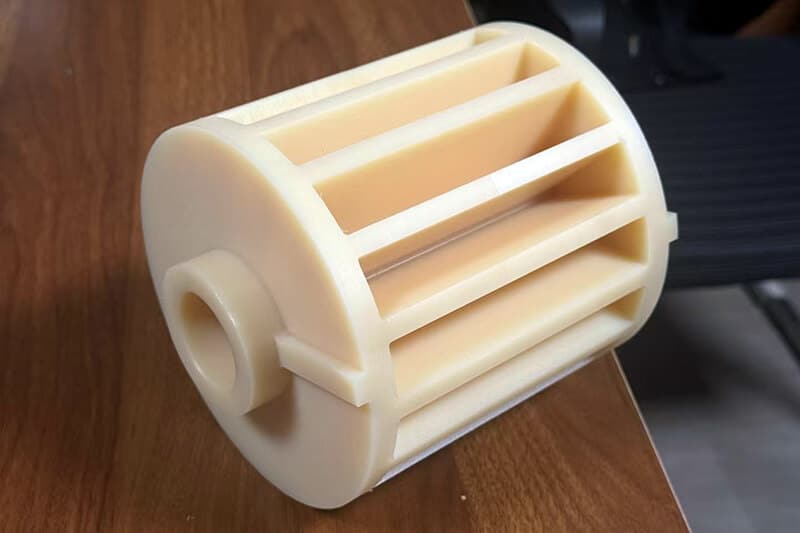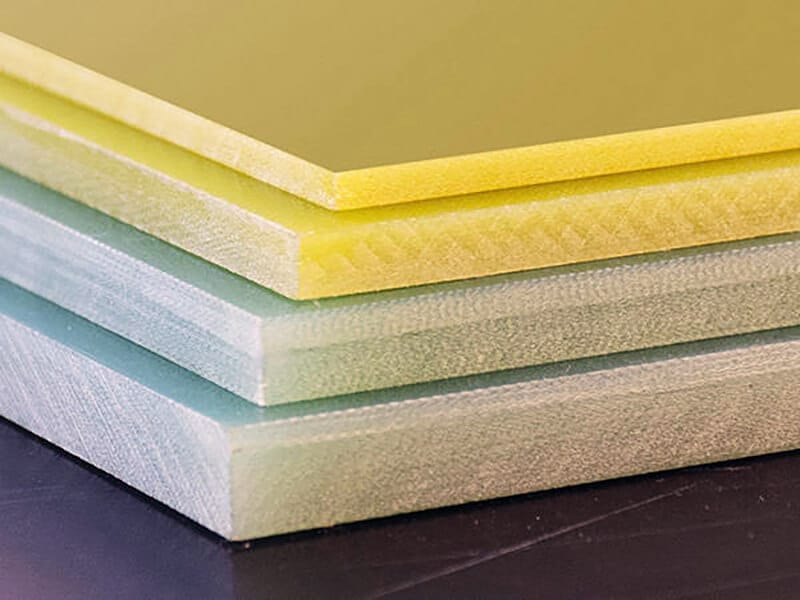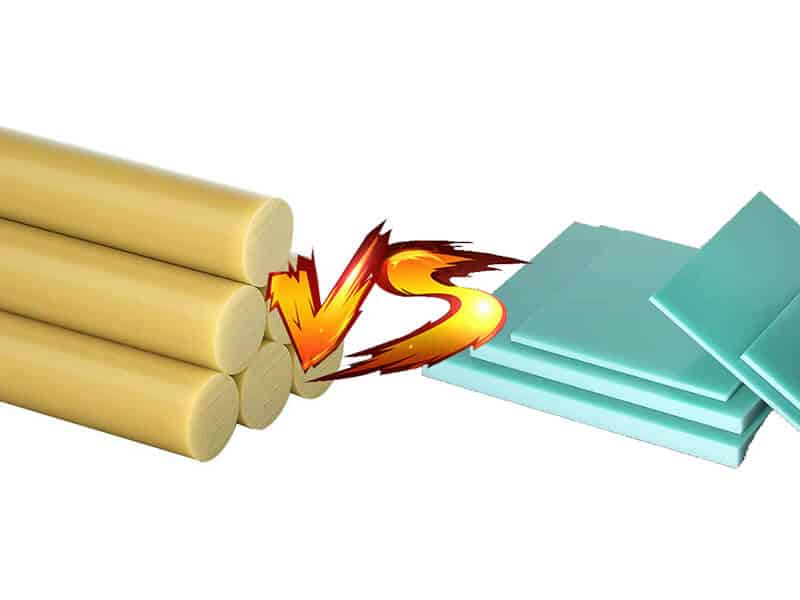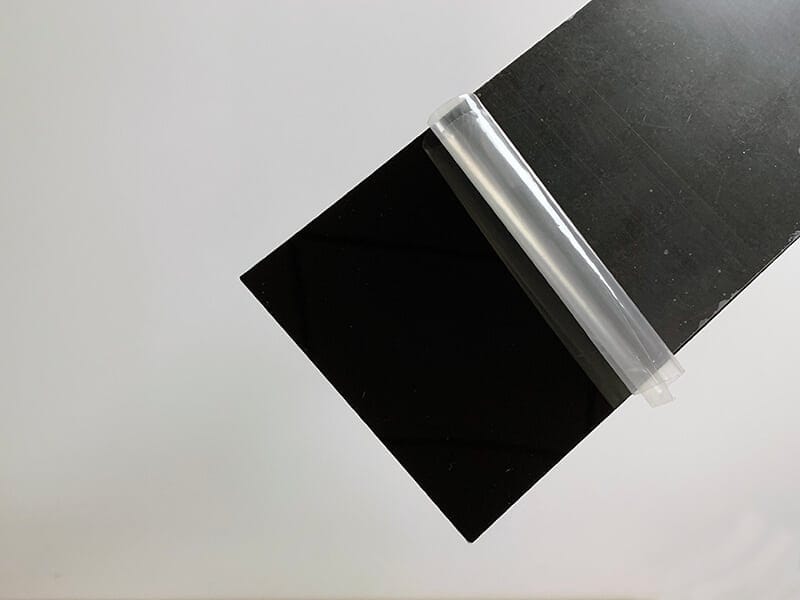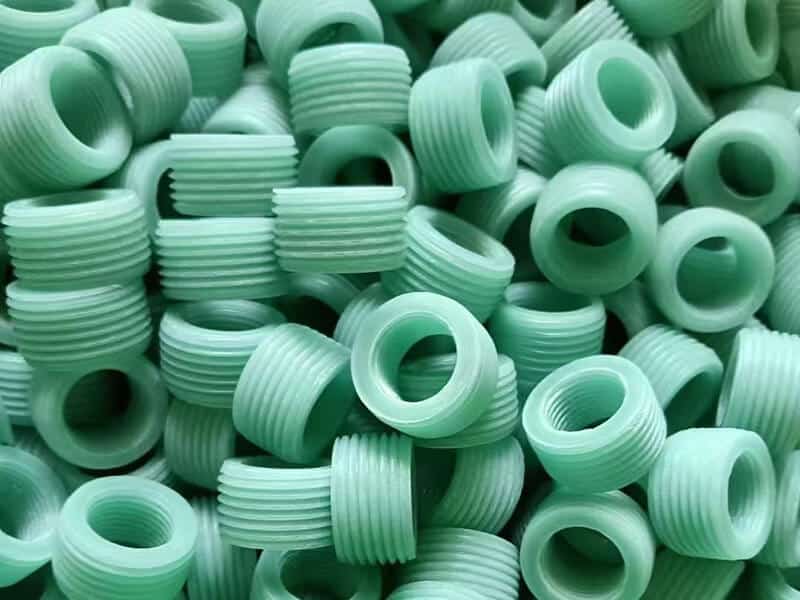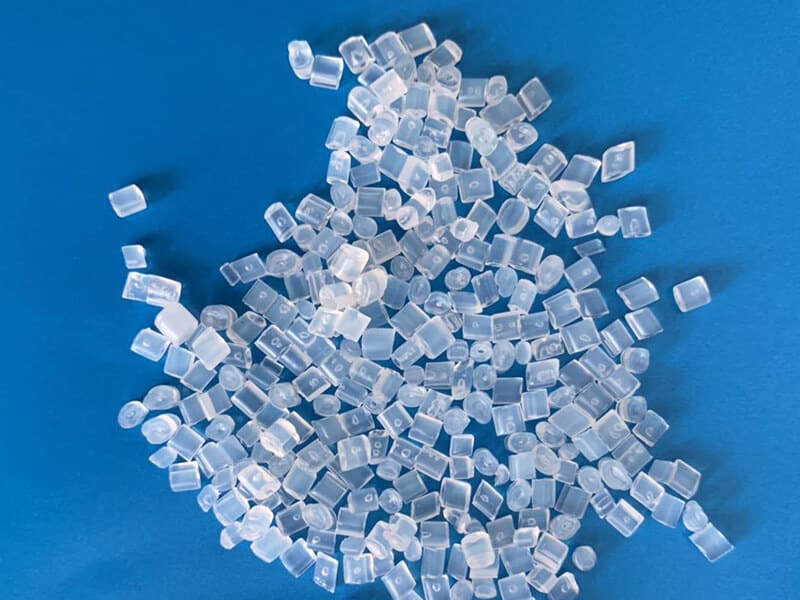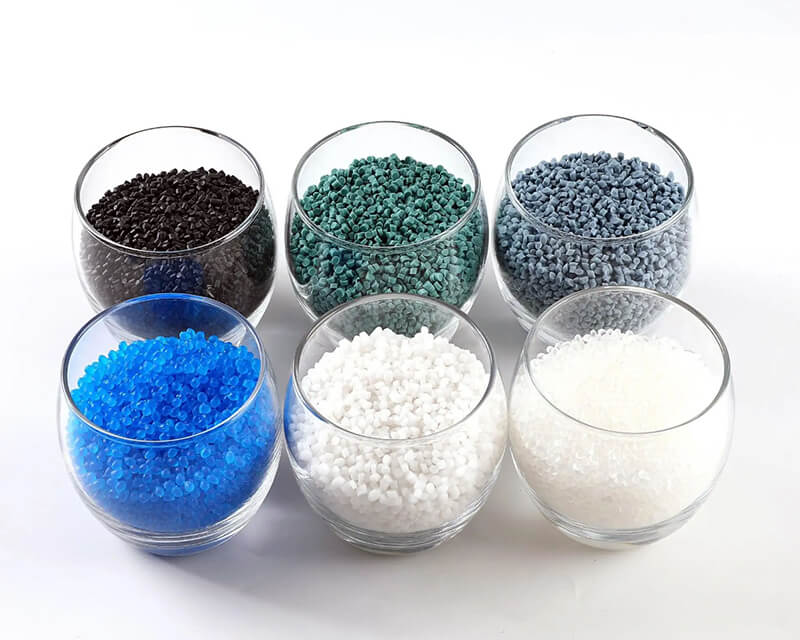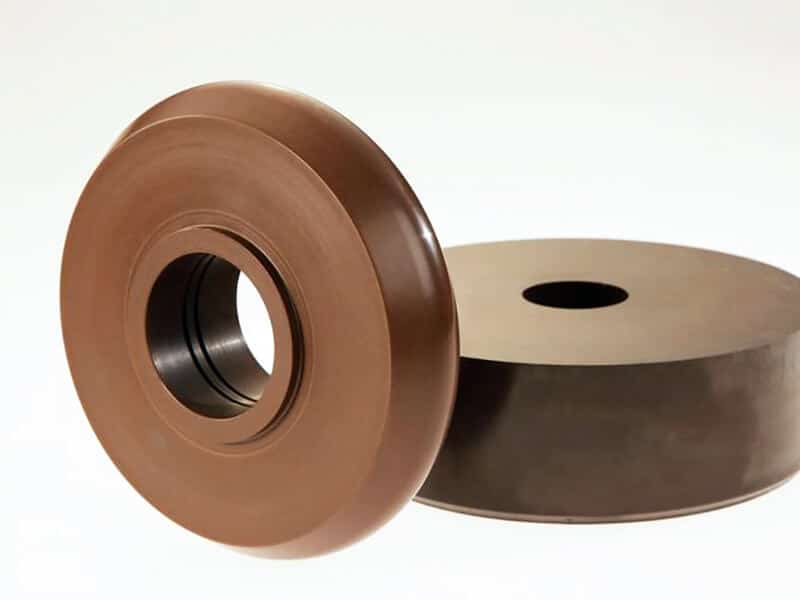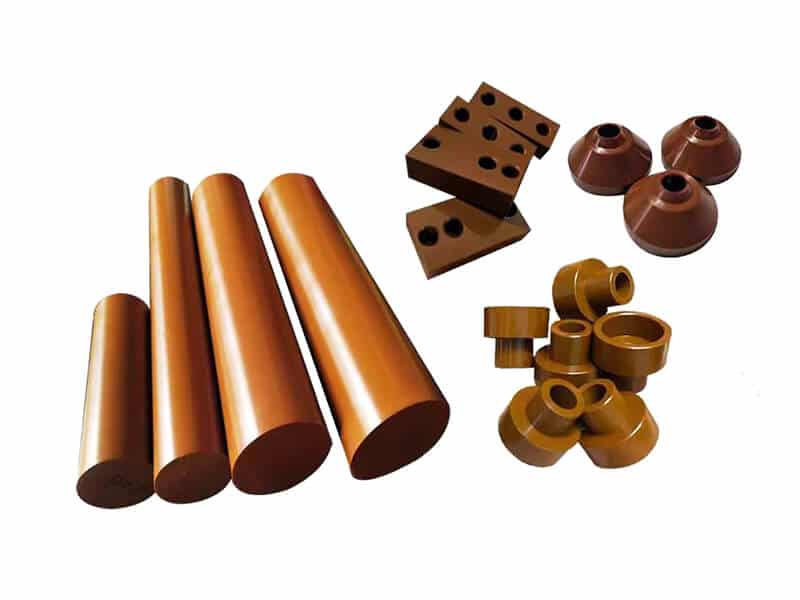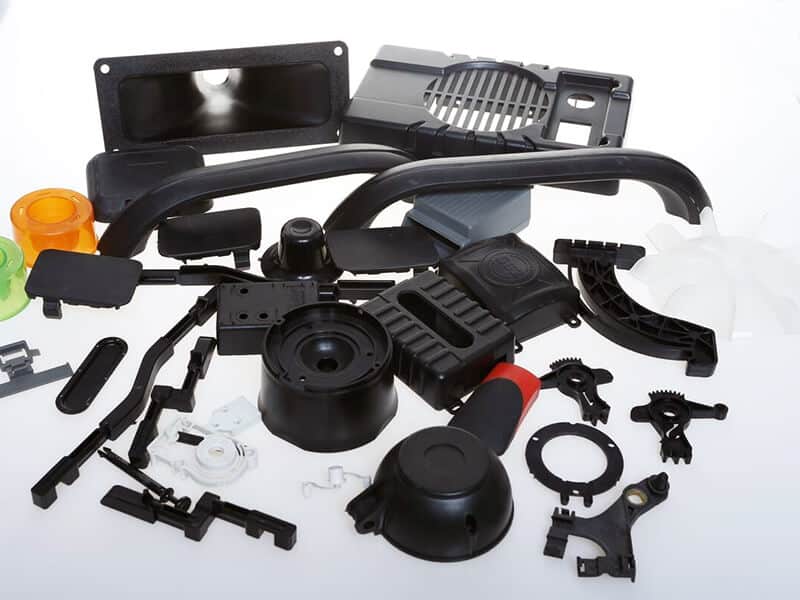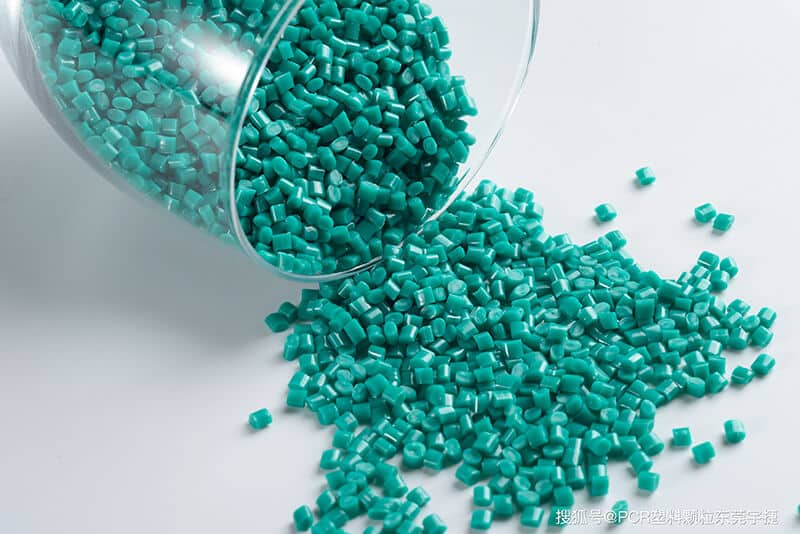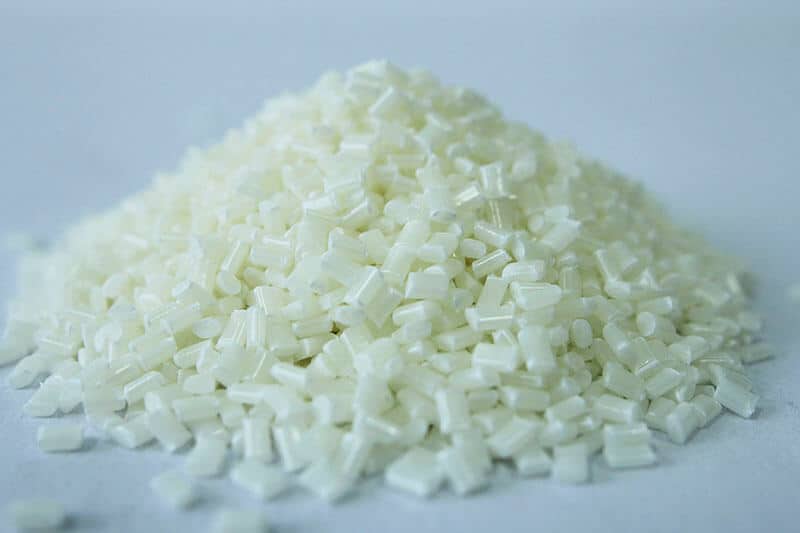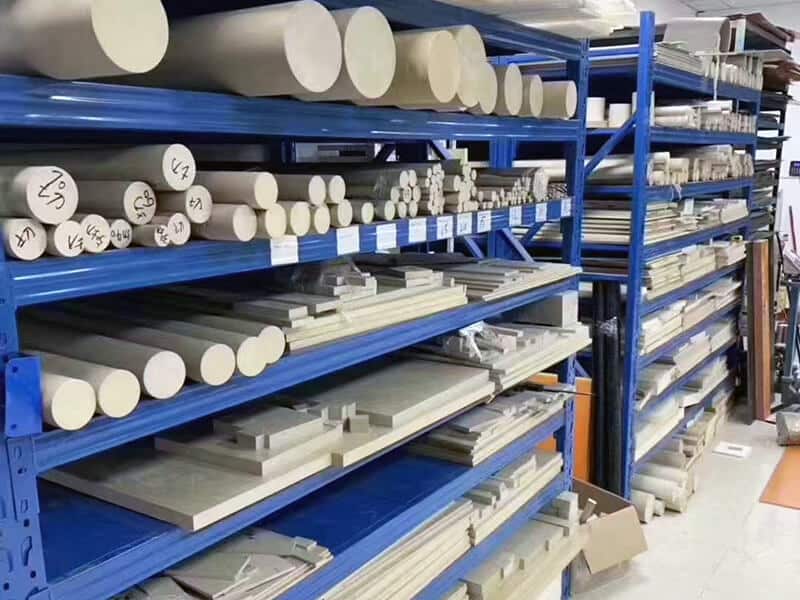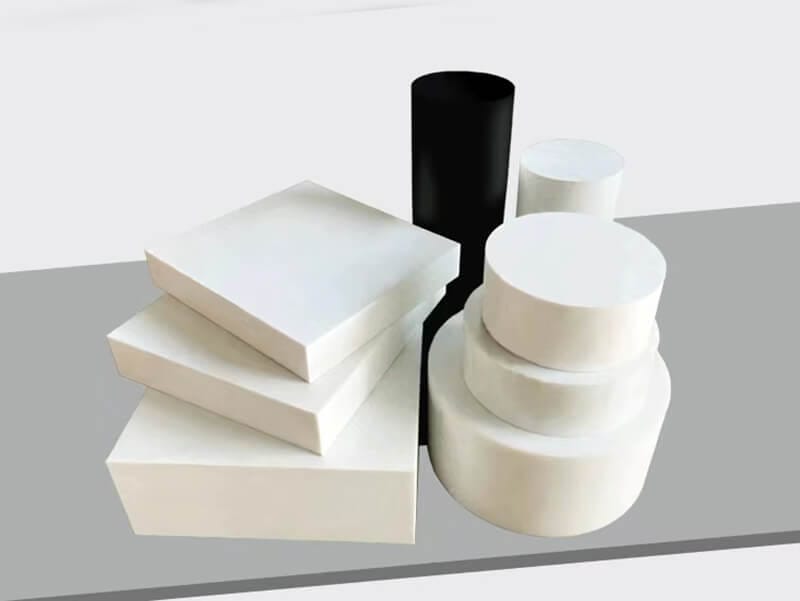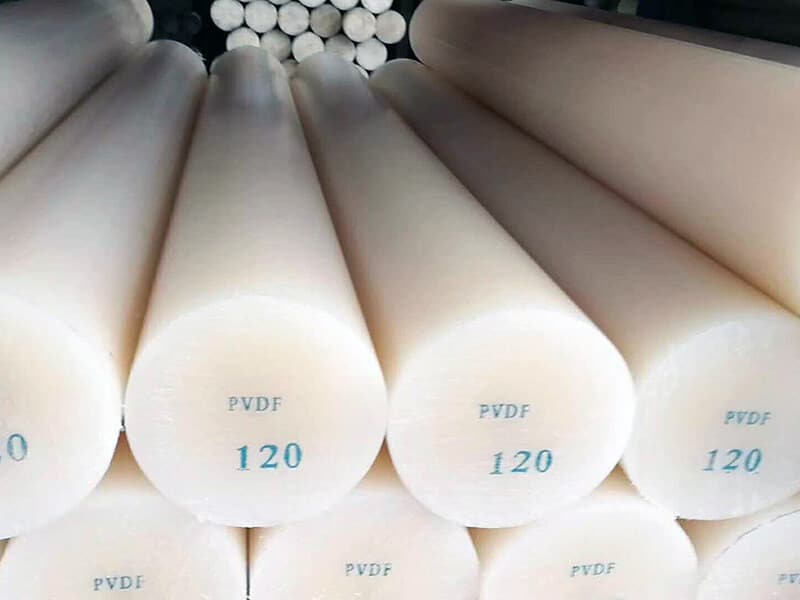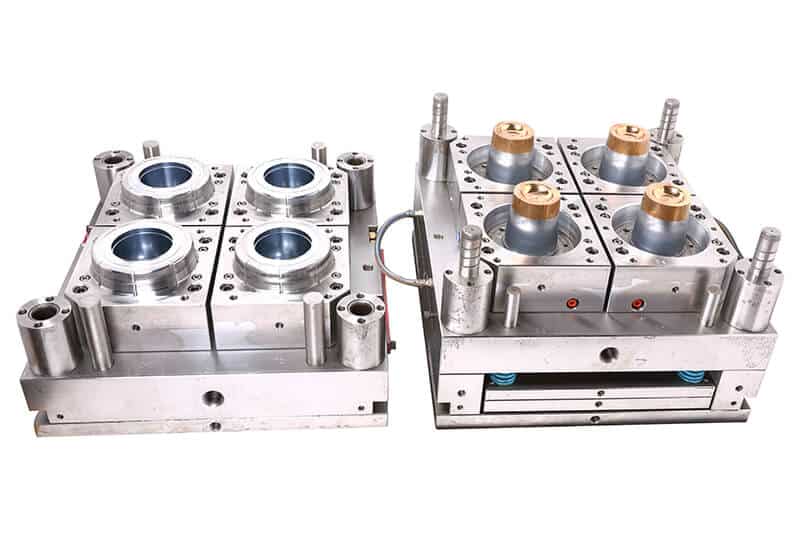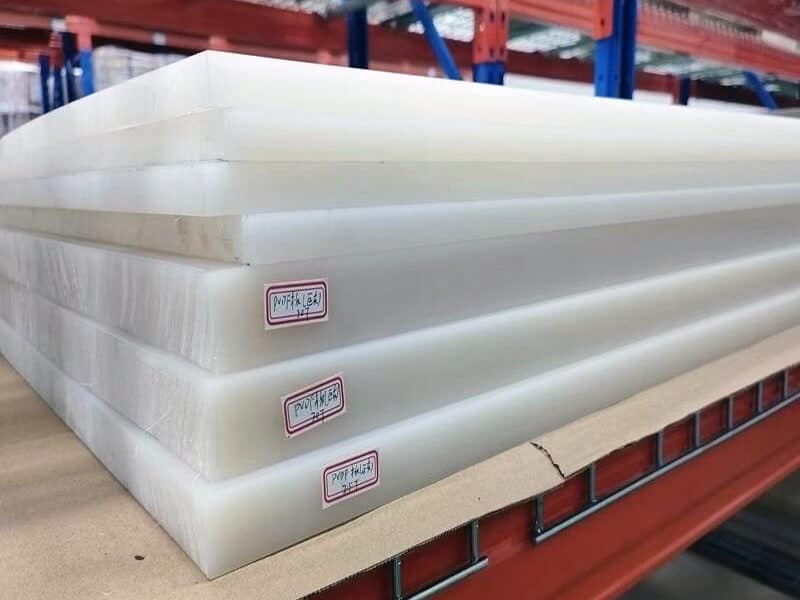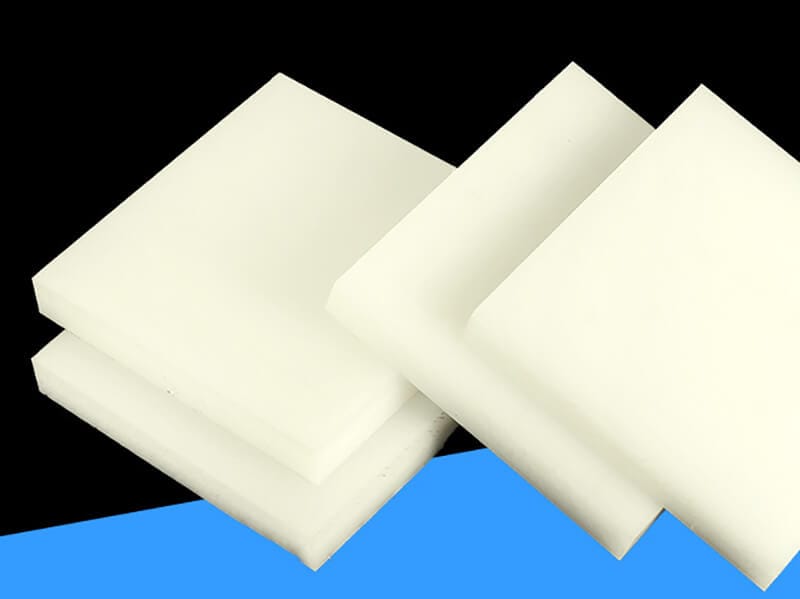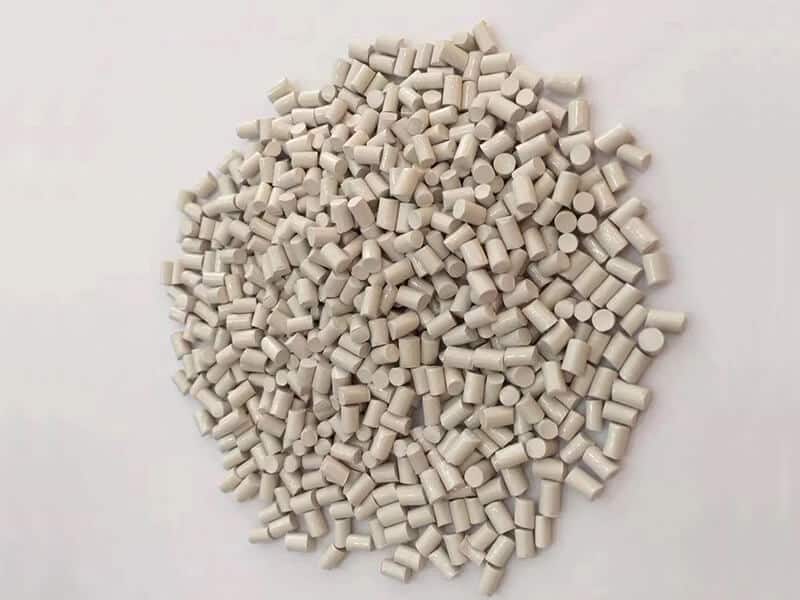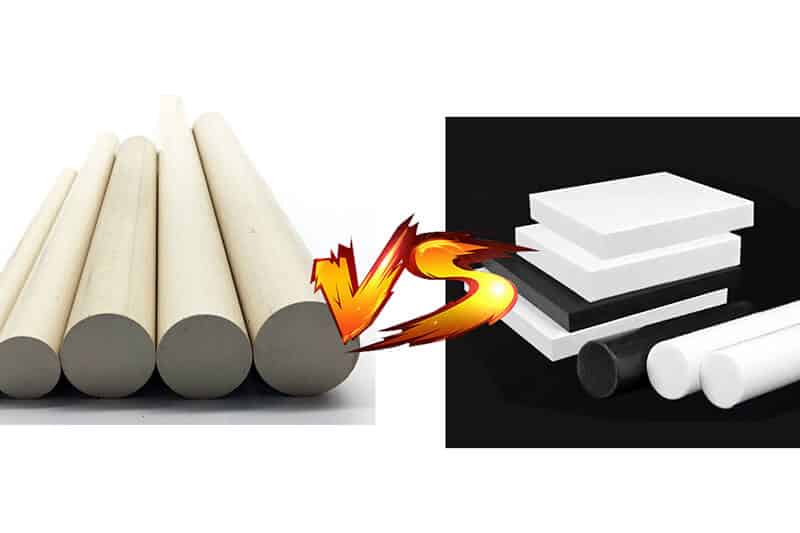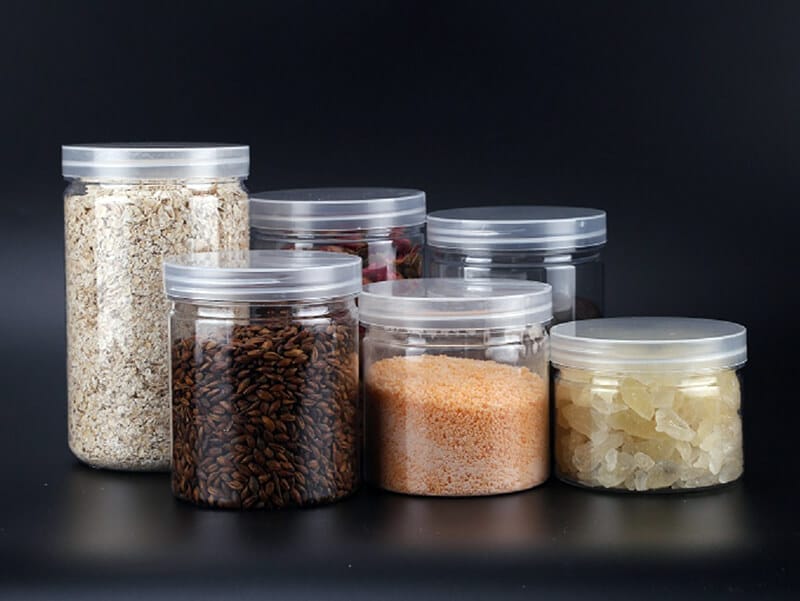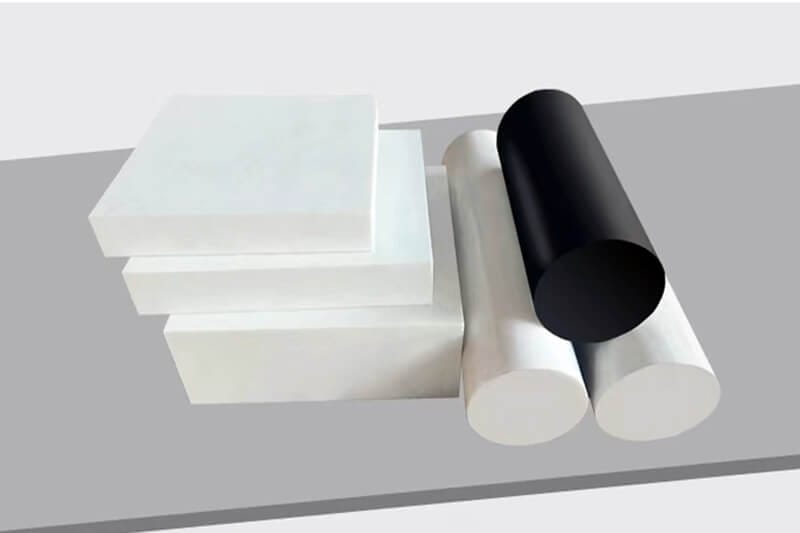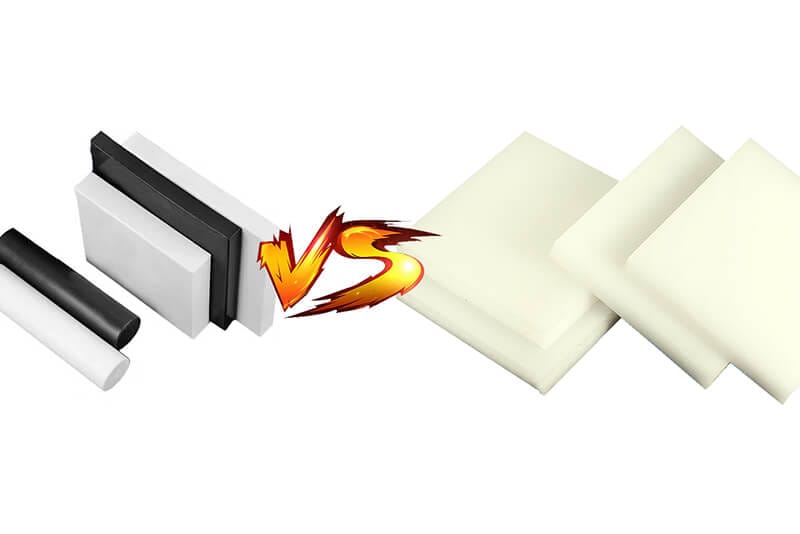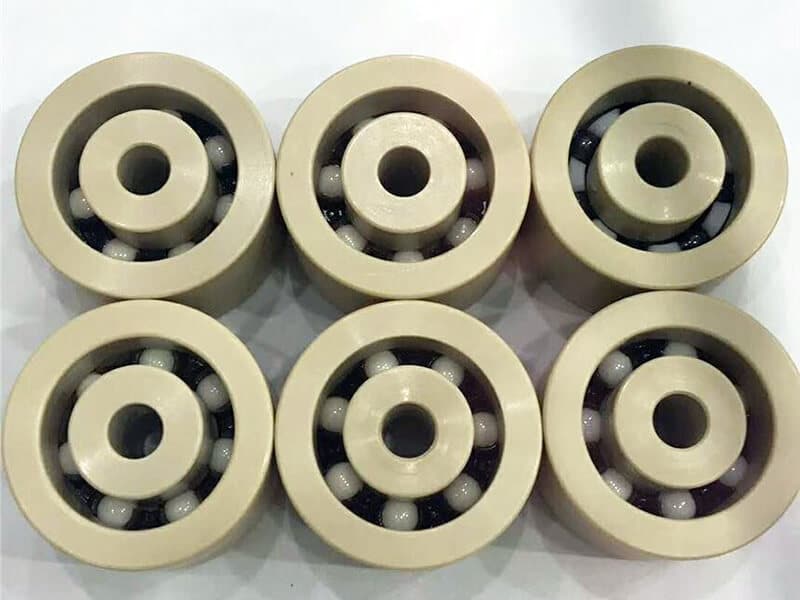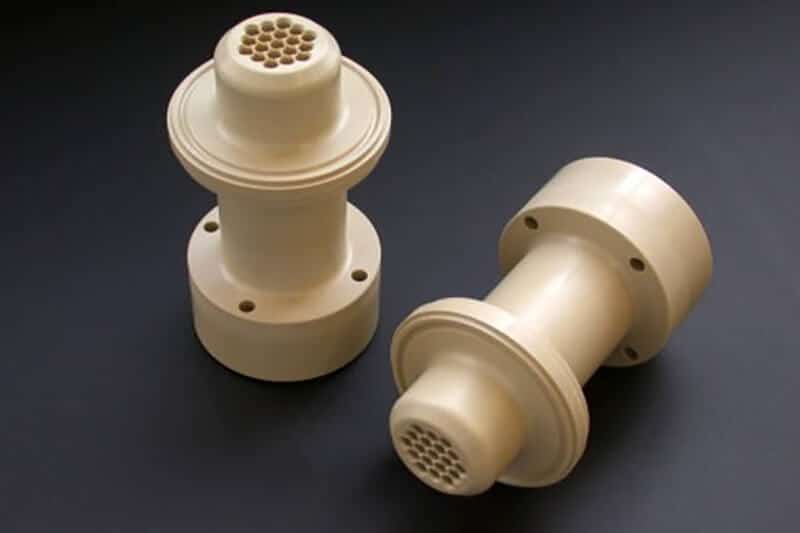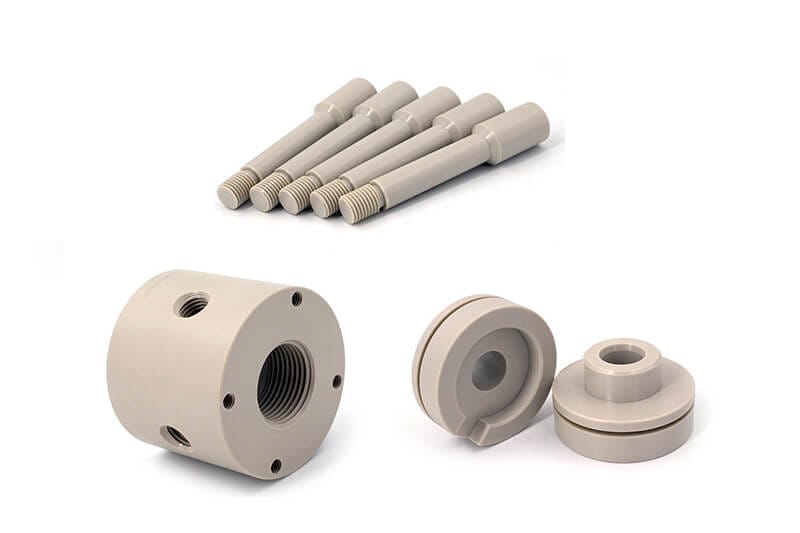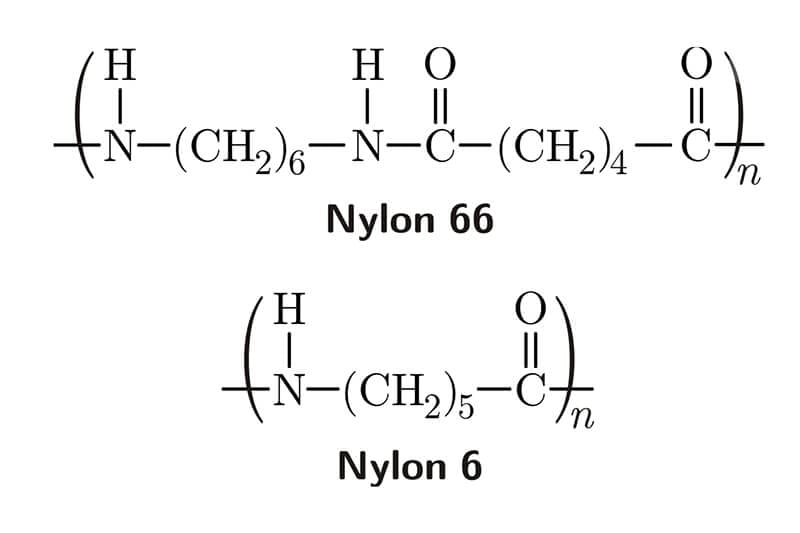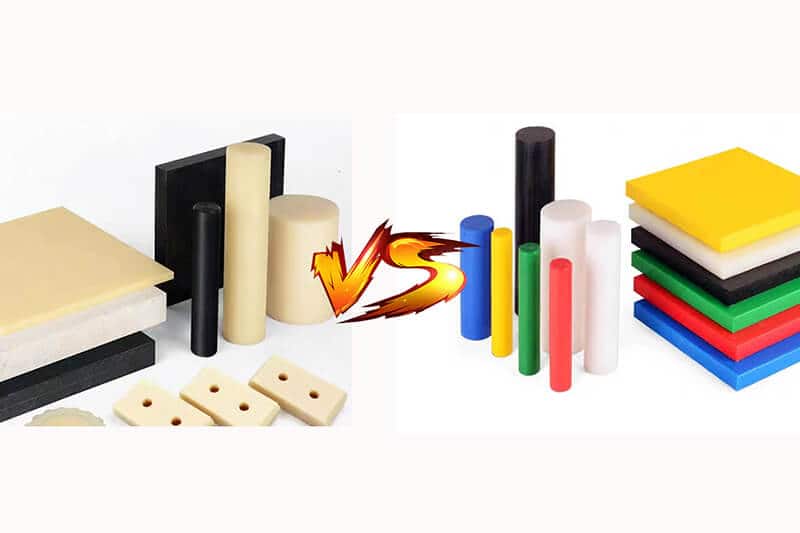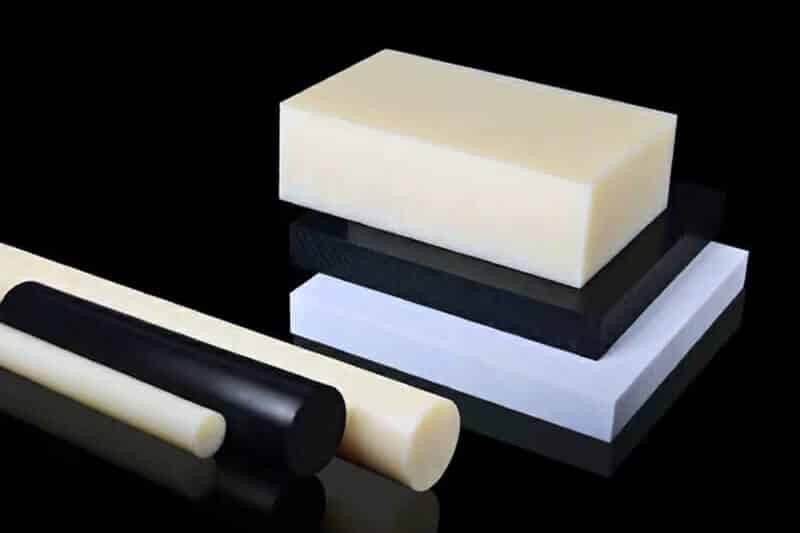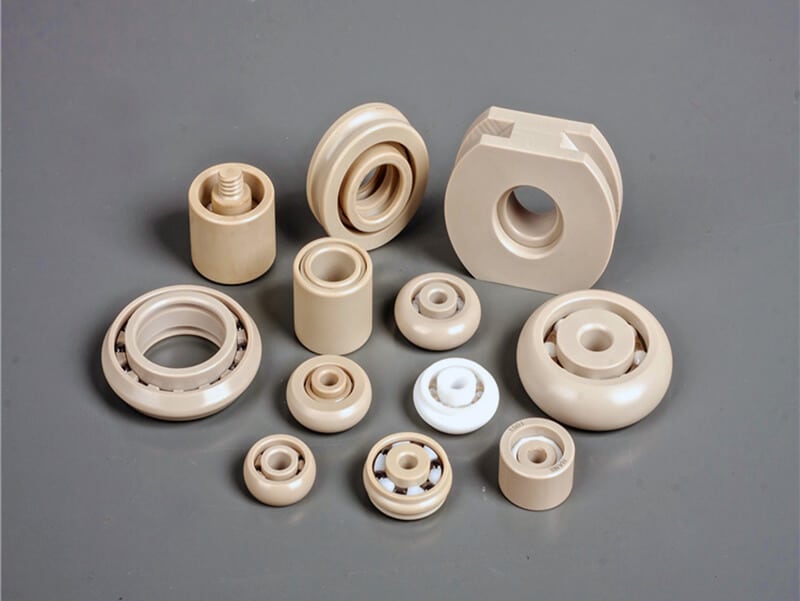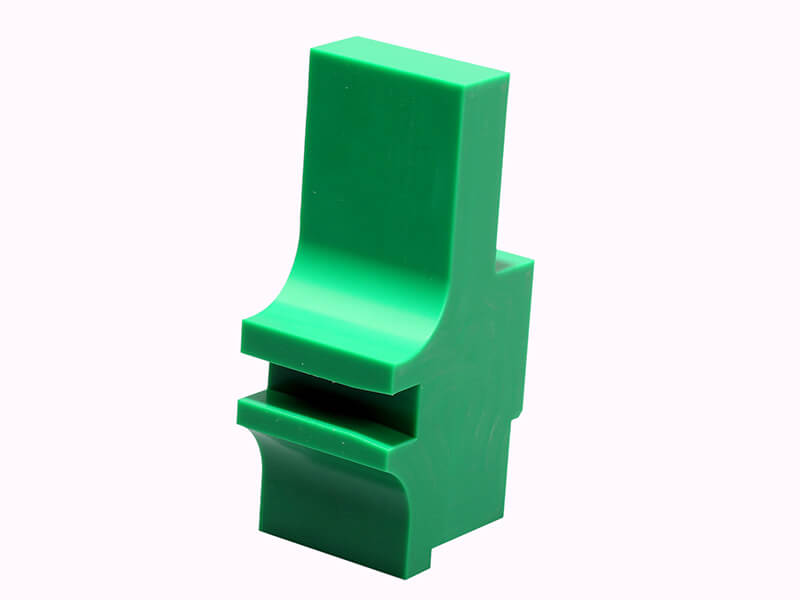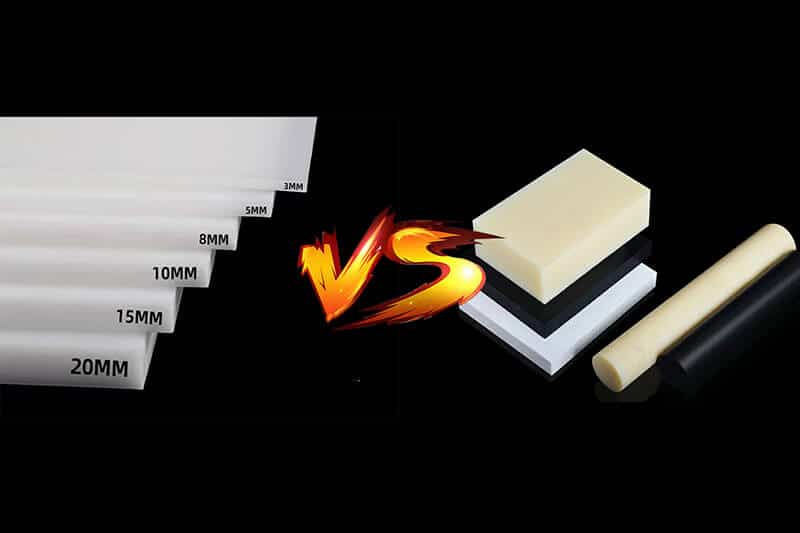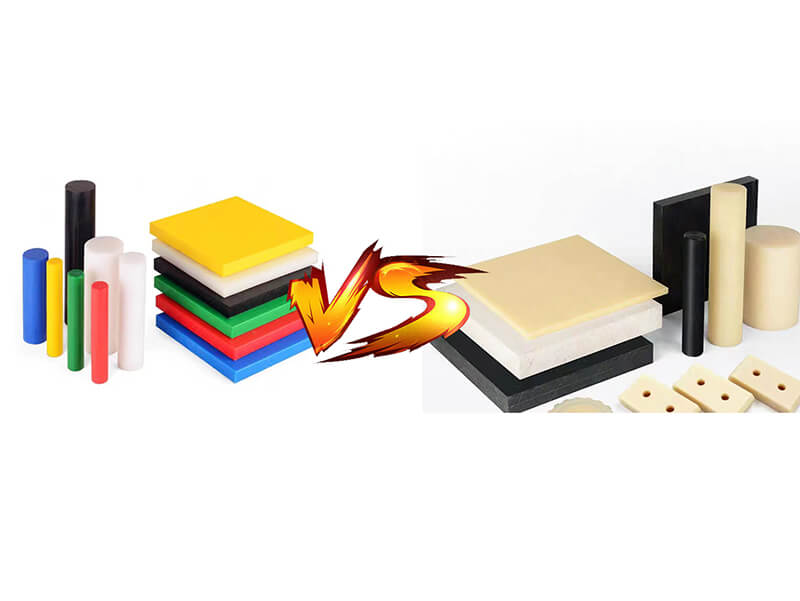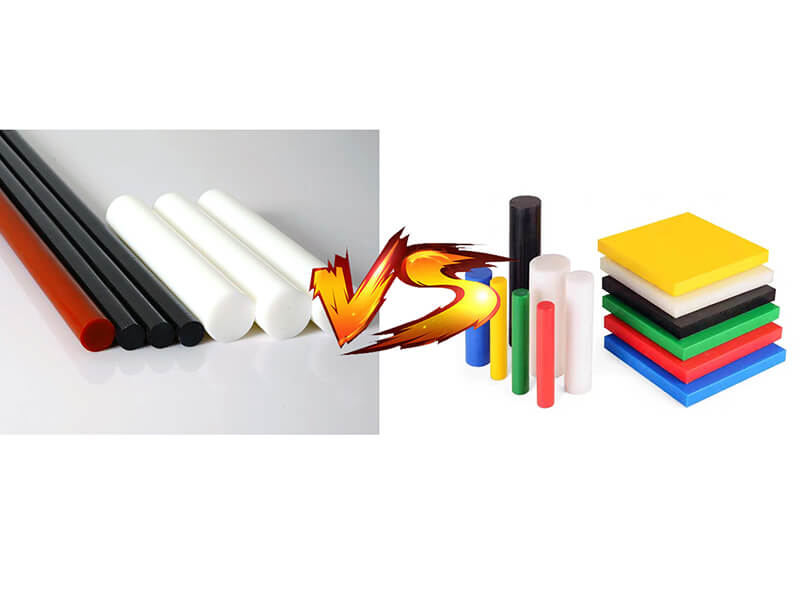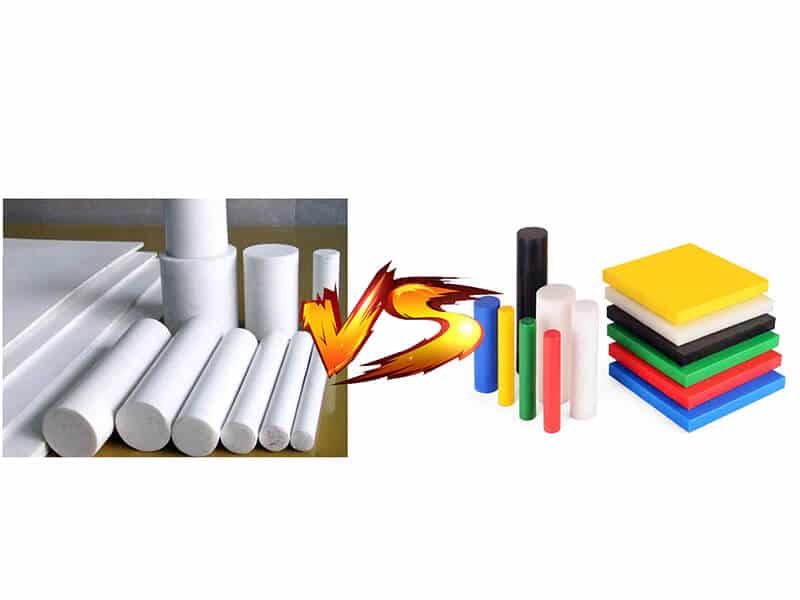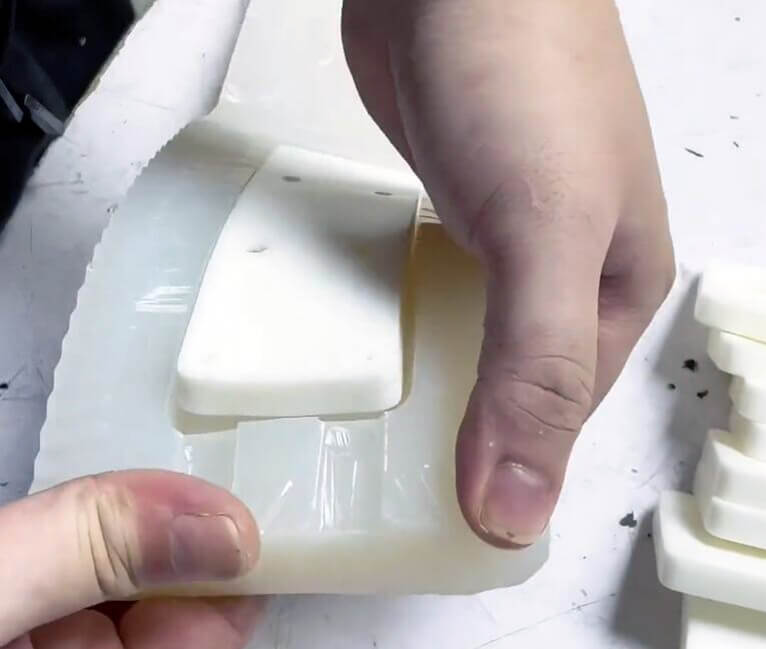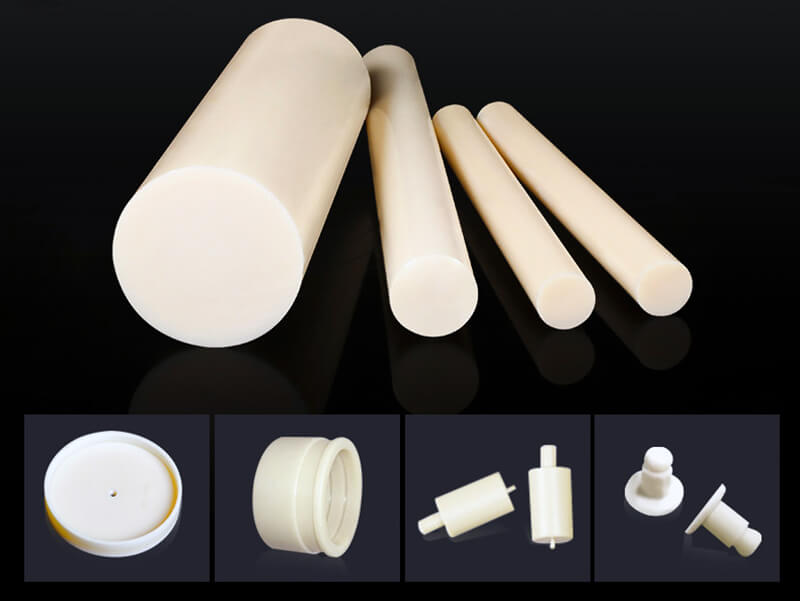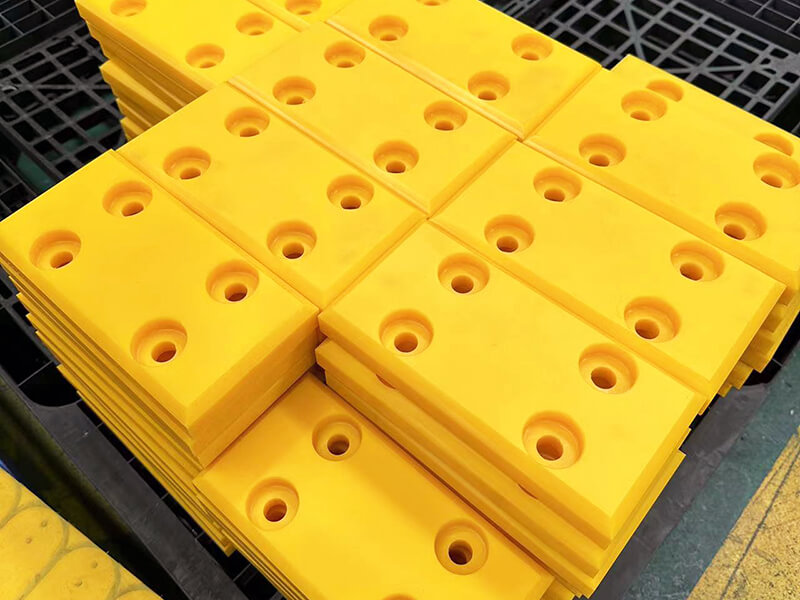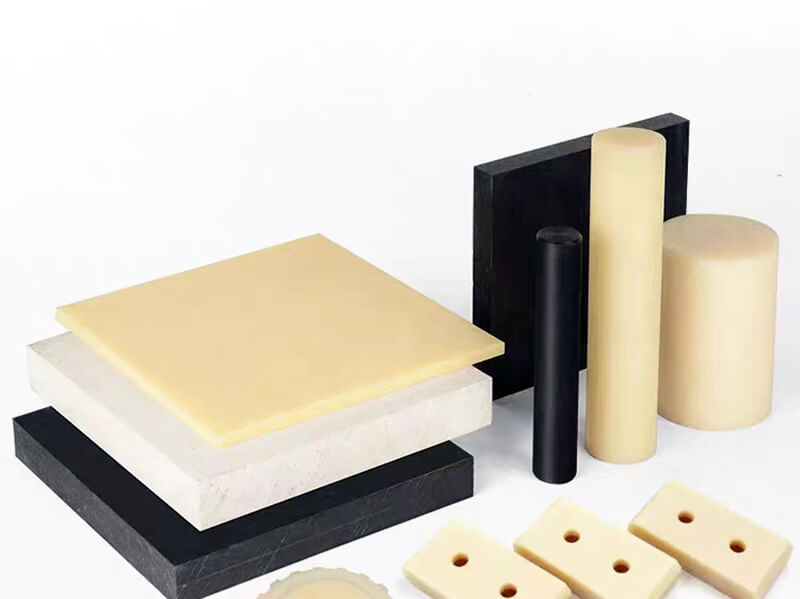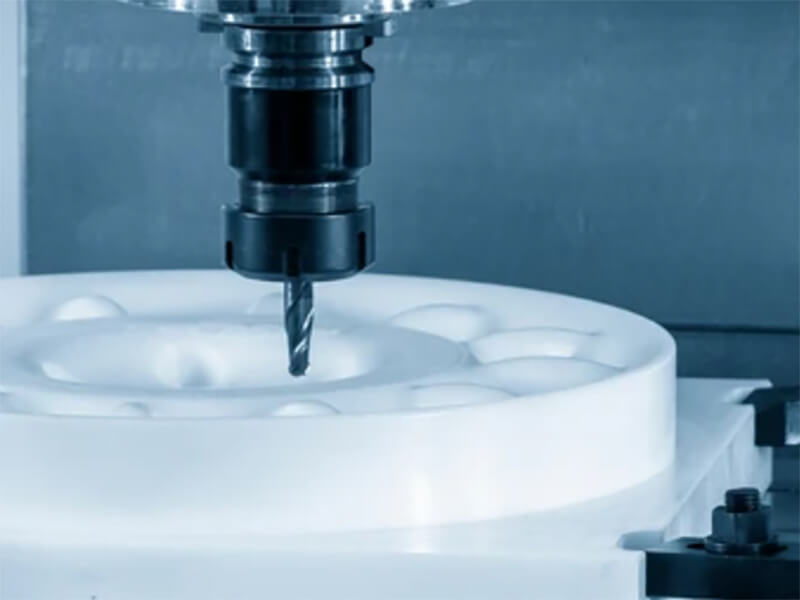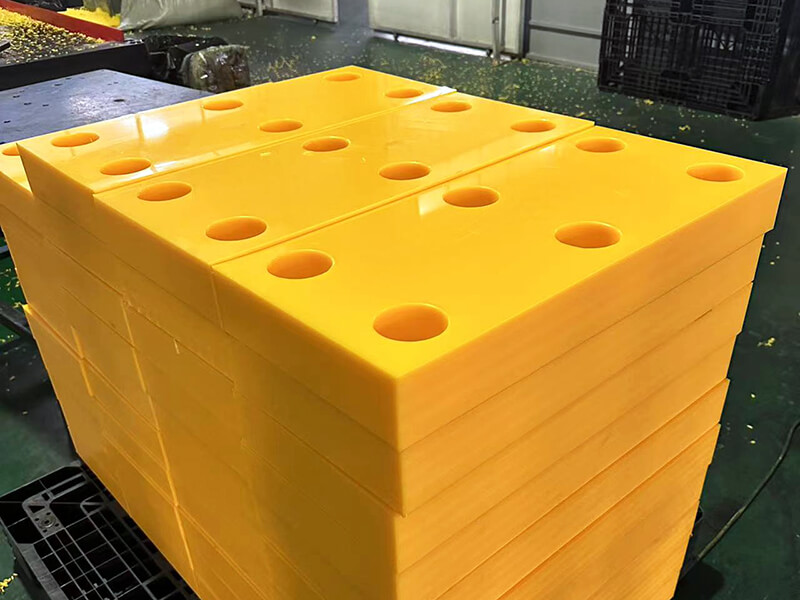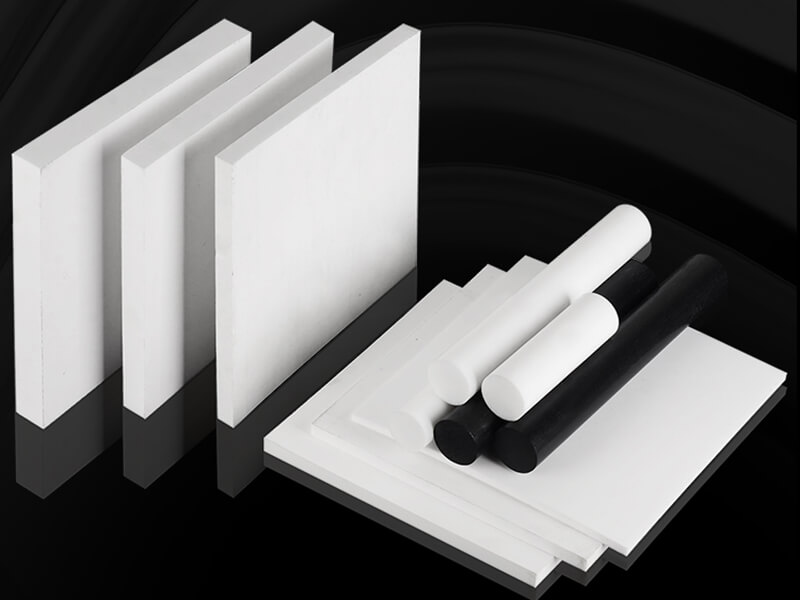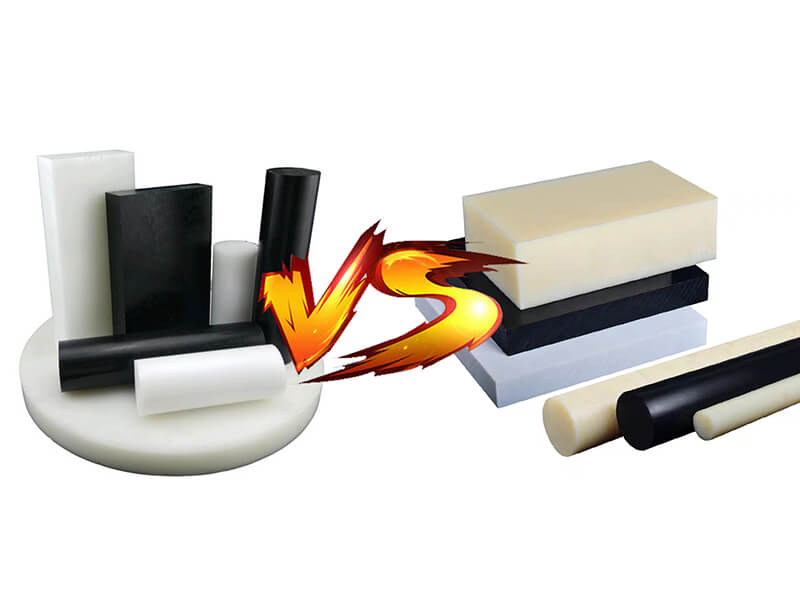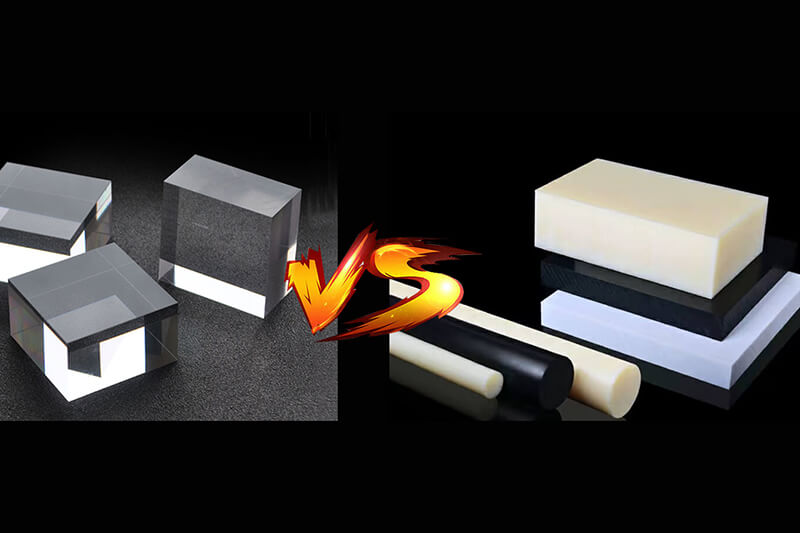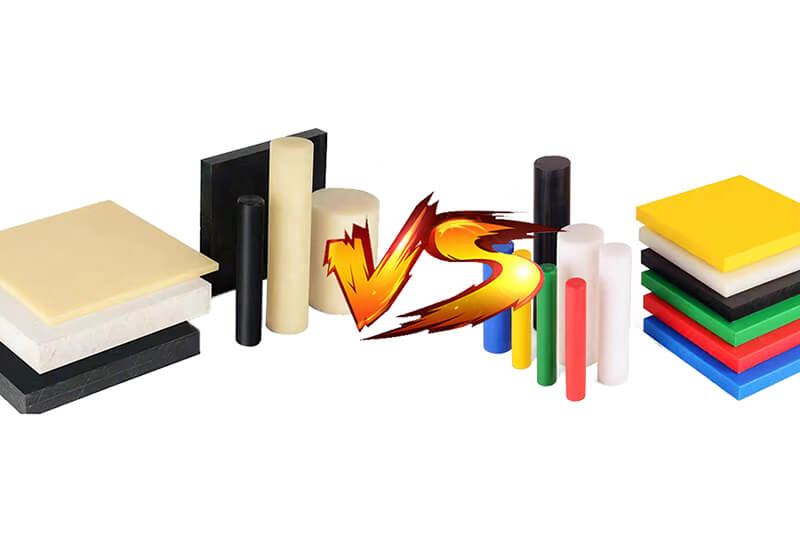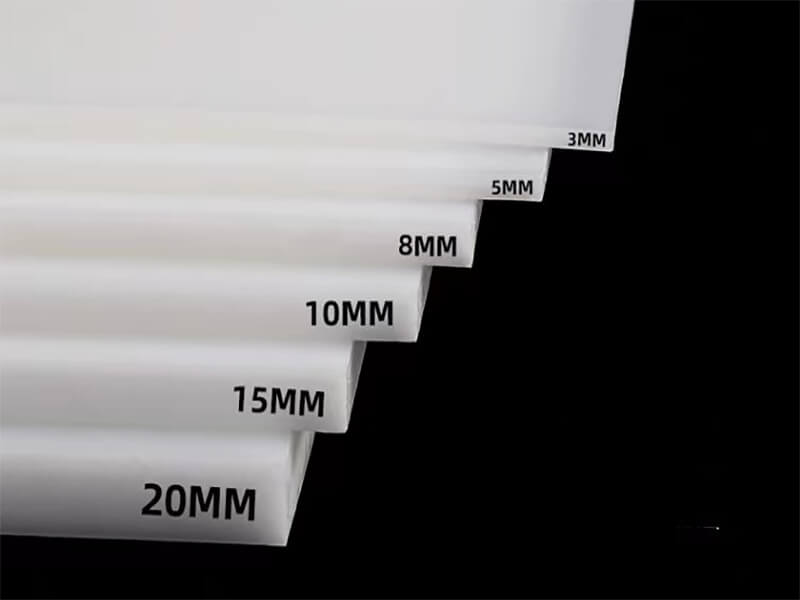Understanding the Differences: Acetal Vs Nylon

Acetal is a popular engineering thermoplastic in a wide range of industries. Its scientific name is Polyoxymethylene, and it is considered a versatile and high-performance construction material. On the other hand, Nylon is a commercially produced synthetic polymer. It is also known as Polyamide and is globally used for numerous applications in various industries.
Knowing the differential context between Acetal and Nylon assists engineers, designers, and manufacturers in selecting the right material for a product. Also, with an in-depth understanding of the unique properties of these materials, industries can continue to innovate and deliver high-quality products. In this article, we detail Acetal vs. Nylon while informing you of the associated advantages and disadvantages.
Acetal: Everything You Need to Know
Acetal was invented in 1950, but its commercial production started in the 1960s by DuPont chemists. Since then, Acetal has undergone continuous advancements. And at present, this construction material exhibits excellent resistance to wear, moisture, and chemicals.
The associated unique combination of properties has directed the manufacturers to use Acetal in applications like automotive, electronics, etc. Acetals are chemical compounds derived from aldehydes or ketones. Here, the chemical reaction happens between two equivalents or an excess of alcohol. And to get the final Acetal substance, the respective water content is extracted from the reaction output.
Common Characteristics of Acetal
To know more about Acetal, you must understand its base characteristics. Below is a comprehensive list.
Common Applications of Acetal
Earlier, we mentioned that Acetal is used in various industries to produce a wide variety of products. Here, we point out some of the familiar products that contain Acetals.
Advantages of Acetal
Below are the must-mention advantages of Acetal.
Disadvantages of Acetal
Like every other thing on the planet, Acetal also has some disadvantages. Here is a list of its issues.
Nylon: Everything You Need to Know
Nylon was discovered by Wallace Hume Carothers in 1935. Since then, it has revolutionized various industries in terms of producing indispensable materials for our daily use. Nylon is a synthetic polymer used in almost every industry in the business world.
To produce Nylon, the producer first collects carbon-based chemicals from coal and petroleum. Later, these carbon-based chemicals are placed in a high-pressure and heated enclosure triggering chemical reactions. This condensation polymerisation process creates strong bonds between individual molecules, producing liquid Nylon.
Common Characteristics of Nylon
Nylon is a member of the polyamide family, hosting some common properties. Below is a list of those properties.
Common Applications of Nylon
Below is a comprehensive list of Nylon’s applications.
Advantages of Nylon
Below are the advantages of the use of Nylon in products.
Disadvantages of Nylon
The following points inform you of the disadvantages of Nylon.
Comparison Between Acetal Vs Nylon
| Type | Acetal | Nylon |
|---|---|---|
| Short description | Acetal is a thermoplastic | Nylon is a synthetic polymer |
| What ingredients used to make this | Aldehyde or ketone, alcohol, and acid | Carbon-based chemicals from coal and petroleum |
| Applications | Acetal is used to manufacture sports items, automobile parts, kitchenware, etc. | Nylon is used to produce nets, shirts, safety belts, airbags, swim wares, tents, etc. |
| Characteristics | It provides a higher-degree of strength, stiffness, and durability. It has a low coefficient of friction. | A higher degree of chemical and wear resistance, no deformation upon bending, flexibility and resilience, durability, etc. |
| Trade Name | It is known as Celcon in the market | It is commonly known as polyamide (PA) |
| Price | Per Ton price is $750 to $1,250 | Per Ton price is $2,395 to $2,505 |
Related Blogs

Looking for a trustworthy Supplier
Need a Trustworthy Supplier of Plastic, Foam, Sponge, Rubber, Metal, and Machining Solution. Click the Button, We Will Be In Touch With You As Quickly As Possible.
